Lake Starnberg Shipyard
With an appealing mix of materials consisting of different fair-faced concretes and wood, the new Starnberg Shipyard forms an organic part of the southern German landscape surrounding it. The ingenious construction subtly unifies workshops, administrative, and living spaces under one roof.
Nestled between tree-covered meadows with a clear view of Lake Starnberg and the Alps: the new Starnberg Shipyard offers a serene setting – but is also a source of new jobs at Bayerische Seenschifffahrt GmbH. Not long ago, the old shipyard was spread across multiple buildings and an area over twice the size of the new building, which brings together the workshops and administrative offices of Bayerische Seenschifffahrt GmbH, a professional kitchen, apartments for seasonal workers, and even a branch office of the Bavarian Palace Department and the Institute for Fisheries.
During the summer months, the shipyard is a busy place. The kitchen churns out food and drink to be taken aboard; charter trips and events often start off at the shipyard with music and refreshments. During the winter months, the ships’ crews, all craftsmen, take care of the maintenance and repair of the ships. The building is up to date with the latest demands on modern construction, and blends perfectly with the local recreational and residential environment. “Requirements, especially environmental protection rules, have become more stringent in recent years,” explains Munich-based architect Claudia Schreiber, who was commissioned to design the building by Bayerische Seenschifffahrt.
Her solution: a building complex with two separate, parallel wings running from north to south, whose narrow southern side faces the lake. Two large, steel sliding doors can be used to close off the wings on either side from the glass-roofed courtyard in between. In the summer, this space is ideal for receiving supplies or gathering before a charter tour. In the winter, it provides an extra workspace – protected from the elements and insulated against noise penetrating outside. One wing, consisting of two floors, is home to the administrative offices and the living quarters, the kitchen, the refrigerated rooms, and the Institute of Fisheries. The second, one-storey wing houses the workshops and social rooms.
Planning the foundation so near to the lake was no easy task: loose alluvial sands and gravel, as well as the weak silty walls of the basin trench offered no firm footing. Adding to the difficulty was the high groundwater level from the lake. The new building was therefore designed – like the ships based there – to float. Soil improvement measures created a five-metre thick gravel reinforcement layer upon which the building complex now rests. 40-centimeter-thick floor slabs provide the two wings with a secure base and ensure that the weight is evenly distributed. Regularly spaced concrete columns and walls distribute the loads from above evenly and provide the building’s rigid strength.
The overall charm of the building comes from a combination of the airy design and the use of different forms of exposed concrete inside. For example, the concrete floor of the workshop wing is equipped with a heating system, with a polished finish for optimum use. The ten-metre-deep room is equipped with concrete walls made of rough exposed concrete and a pillar-free roof. “We wanted to reflect the character of a more 'robust' part of the building, and therefore decided to opt for traditional boarded formwork,” explains the architect. The room is capped by wooden element ceilings below the flat roof.
In the two-storey administration wing, the heated floor structure is more complex, since the kitchen had to meet additional requirements relating to hygiene and surface traction. “In the public areas, we went for a coarser texture on the exposed concrete walls, and finished them with a smooth glaze,” explains architect Schreiber. The walls in the administrative and residential areas are made of exposed concrete with sandblasted surfaces. The exposed ceilings on the ground floor are made of smooth and sandblasted fair-faced concrete. Bringing together such a diversity of concrete finishes is only possible with careful planning. Dr. Robert Lukas of Heidelberger Beton in Munich recalls: “In the run-up, the fair-faced concrete team brought all those involved to the table to coordinate and agree on sample walls. The result is exposed concrete walls of the highest quality that bring the building to life.” Together with the green roof, they round off the harmonious impression of the Starnberg Shipyard between meadows and lake.
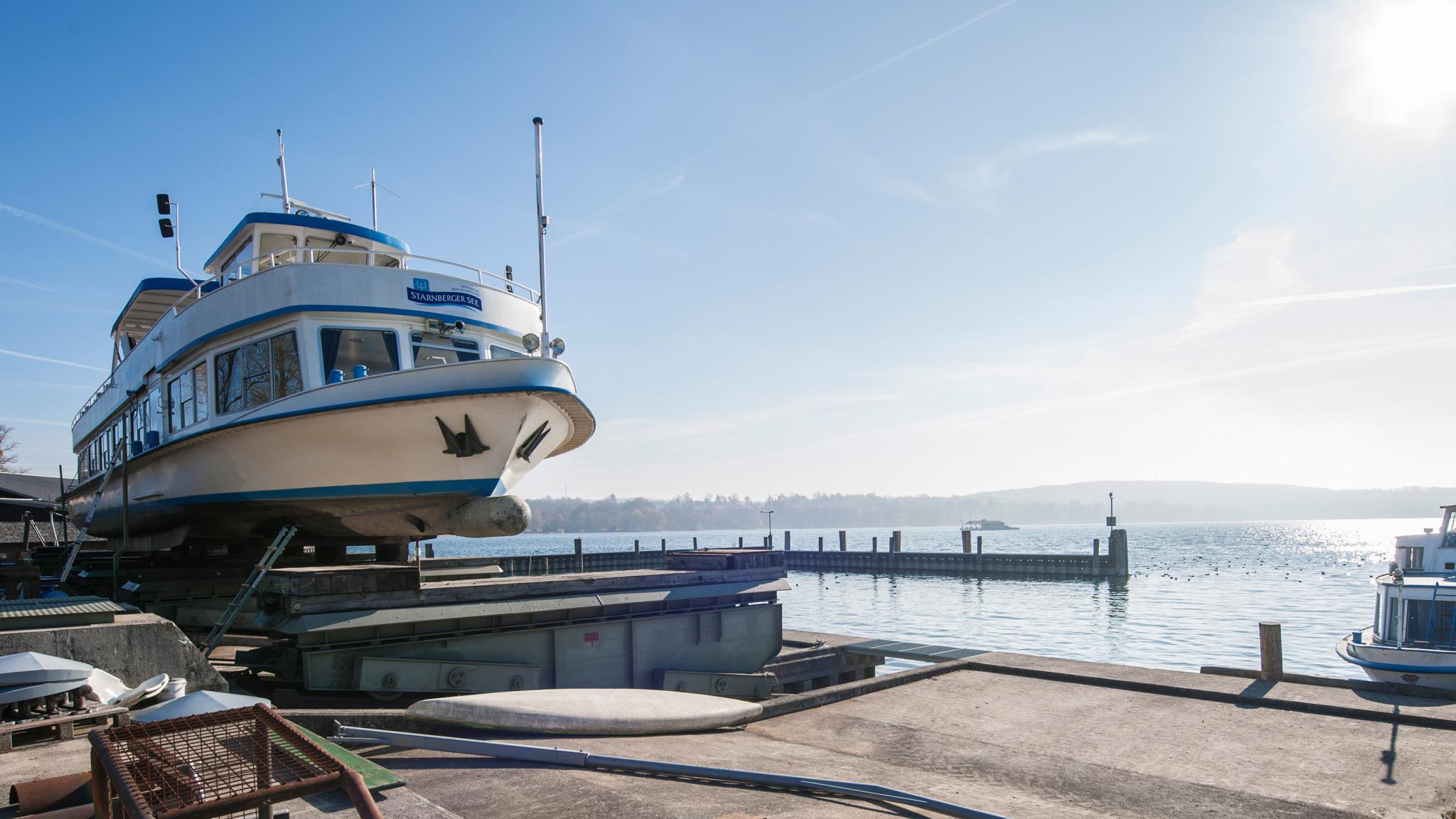
Lake Starnberg Shipyard, Germany. With an appealing mix of materials consisting of different fair-faced concretes and wood, the new Starnberg Shipyard forms an organic part of the southern German landscape surrounding it.
HeidelbergCement / Steffen Fuchs
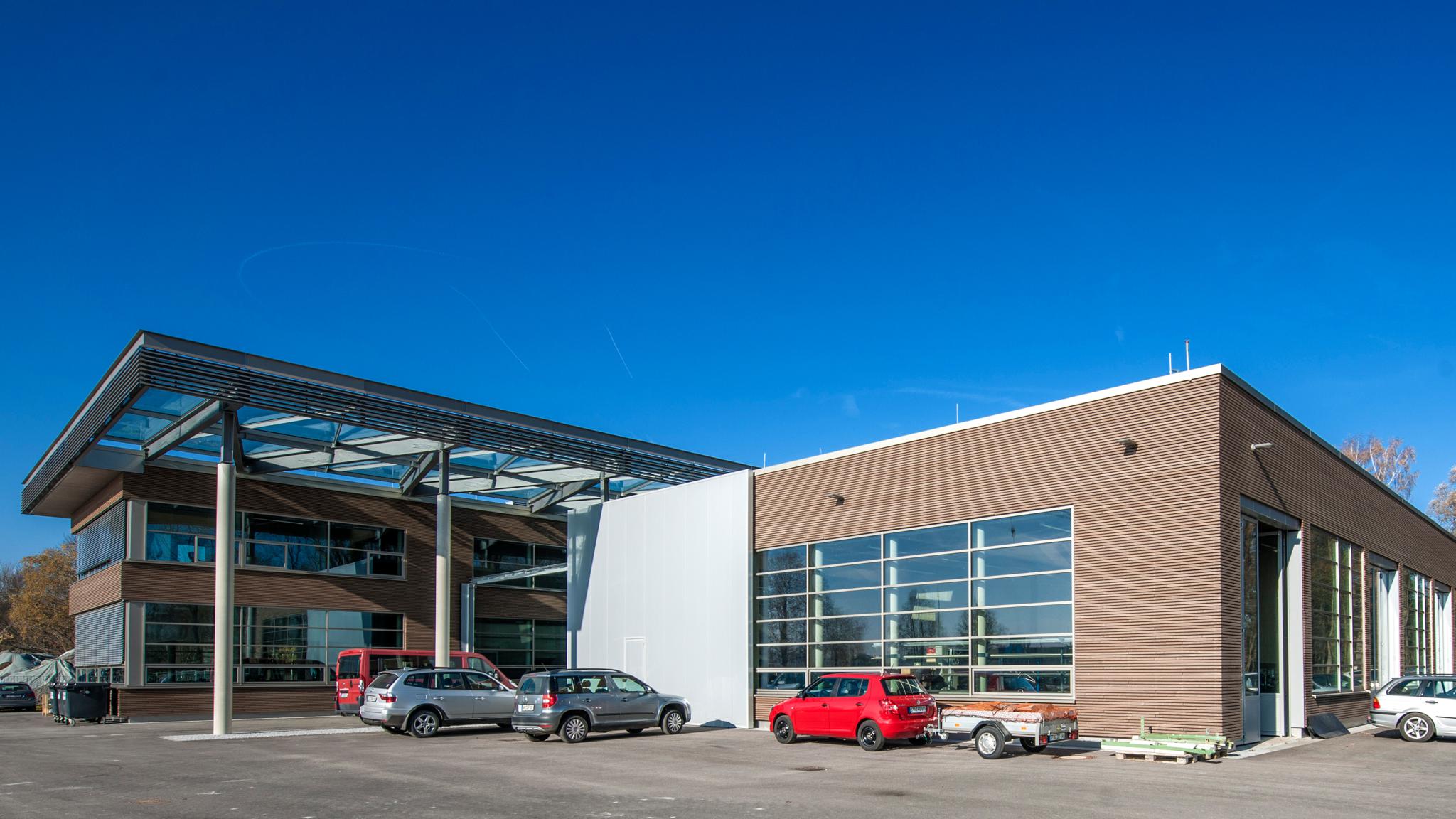
Lake Starnberg Shipyard, Germany. With an appealing mix of materials consisting of different fair-faced concretes and wood, the new Starnberg Shipyard forms an organic part of the southern German landscape surrounding it.
HeidelbergCement / Steffen Fuchs
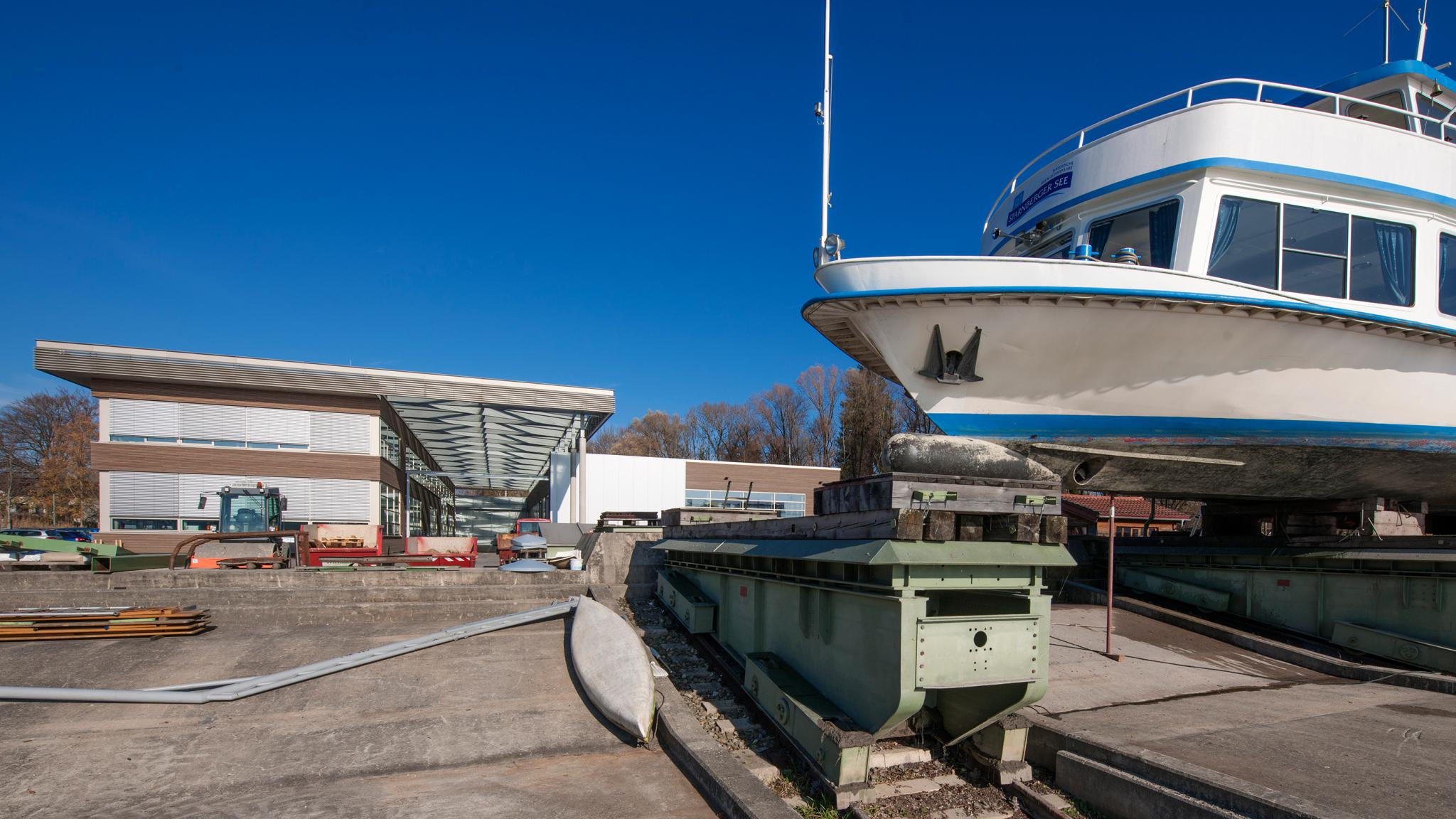
Lake Starnberg Shipyard, Germany. With an appealing mix of materials consisting of different fair-faced concretes and wood, the new Starnberg Shipyard forms an organic part of the southern German landscape surrounding it.
HeidelbergCement / Steffen Fuchs
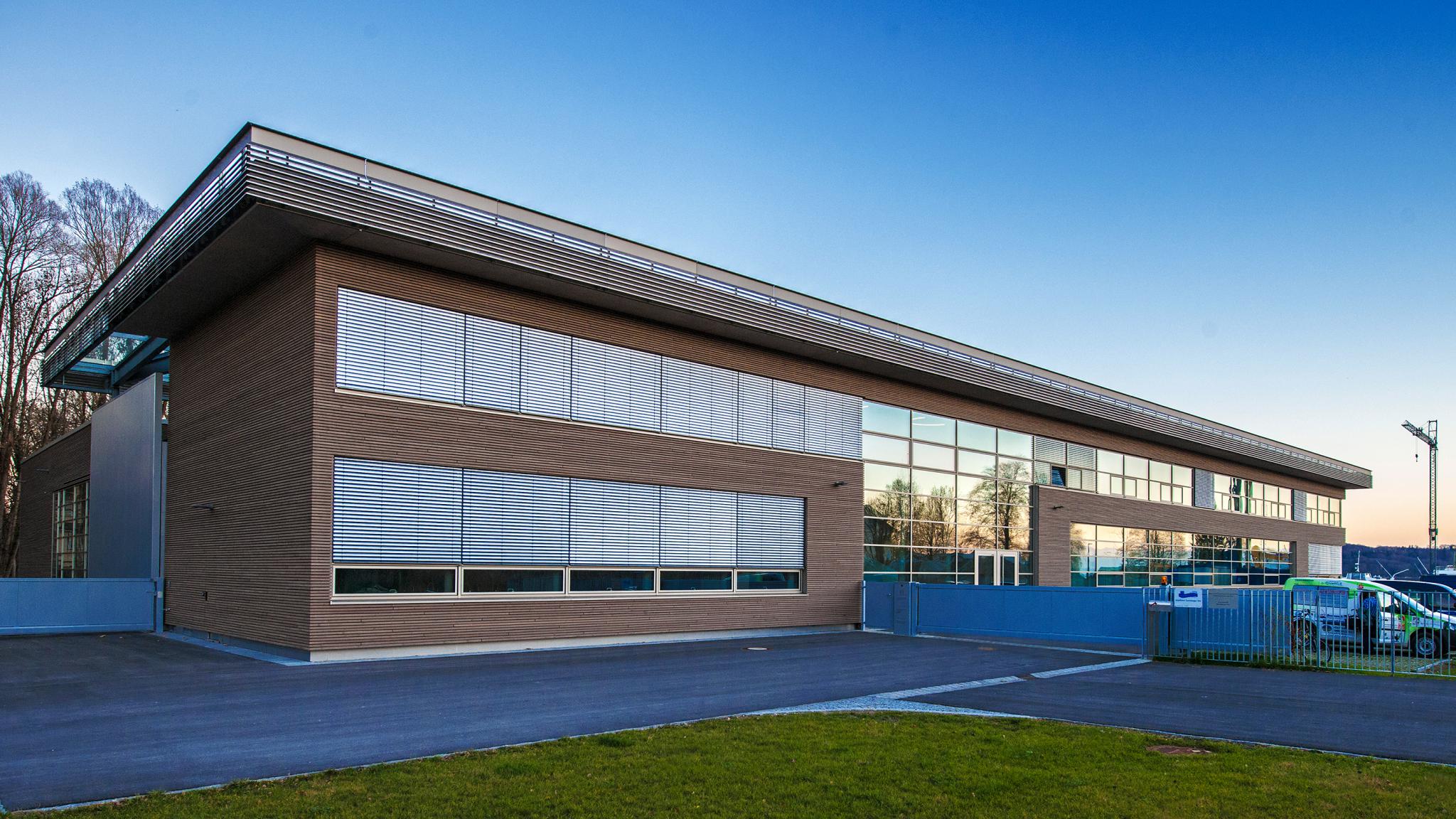
Lake Starnberg Shipyard, Germany. With an appealing mix of materials consisting of different fair-faced concretes and wood, the new Starnberg Shipyard forms an organic part of the southern German landscape surrounding it.
HeidelbergCement / Steffen Fuchs
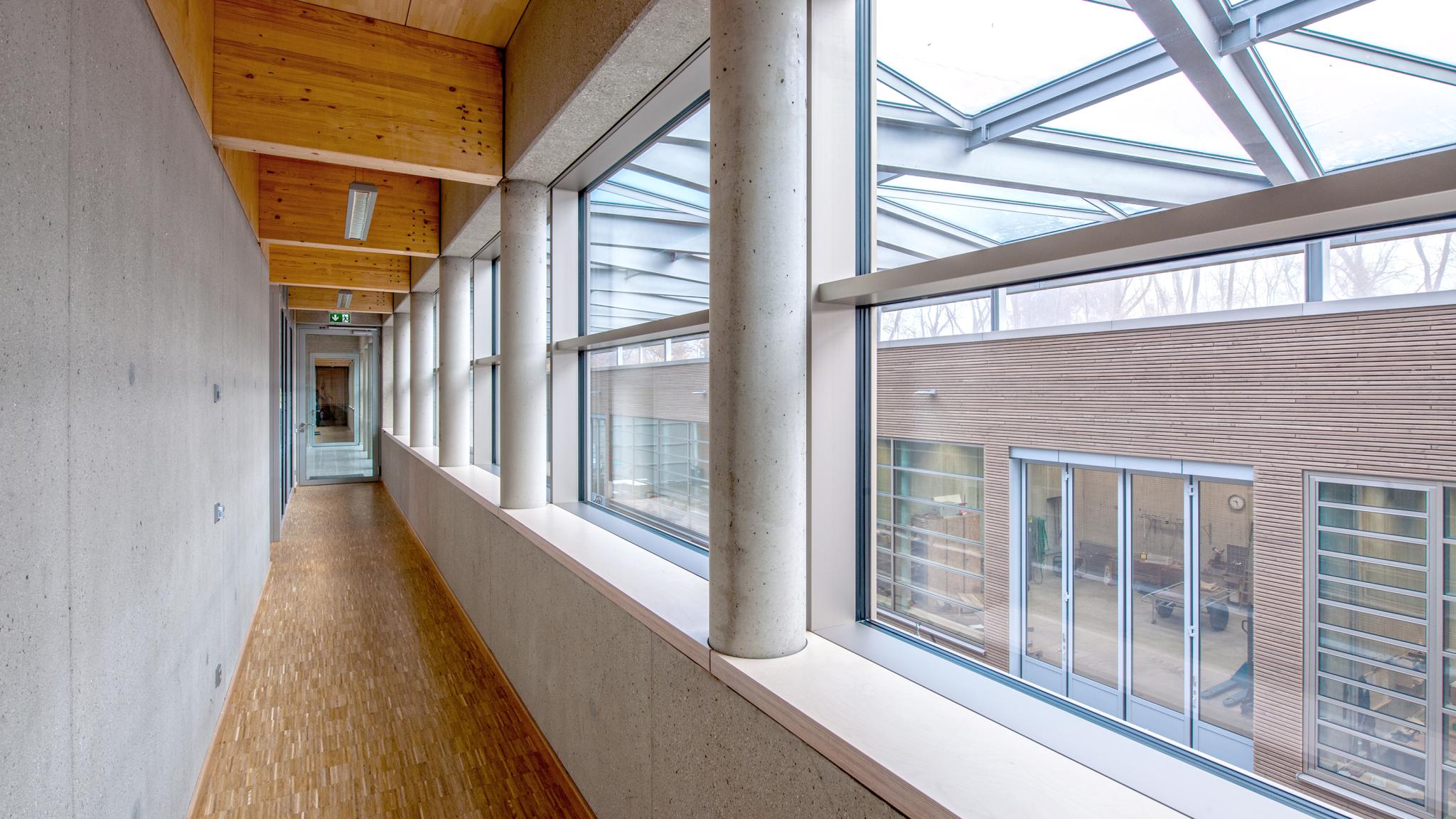
Lake Starnberg Shipyard, Germany. With an appealing mix of materials consisting of different fair-faced concretes and wood, the new Starnberg Shipyard forms an organic part of the southern German landscape surrounding it.
HeidelbergCement / Steffen Fuchs
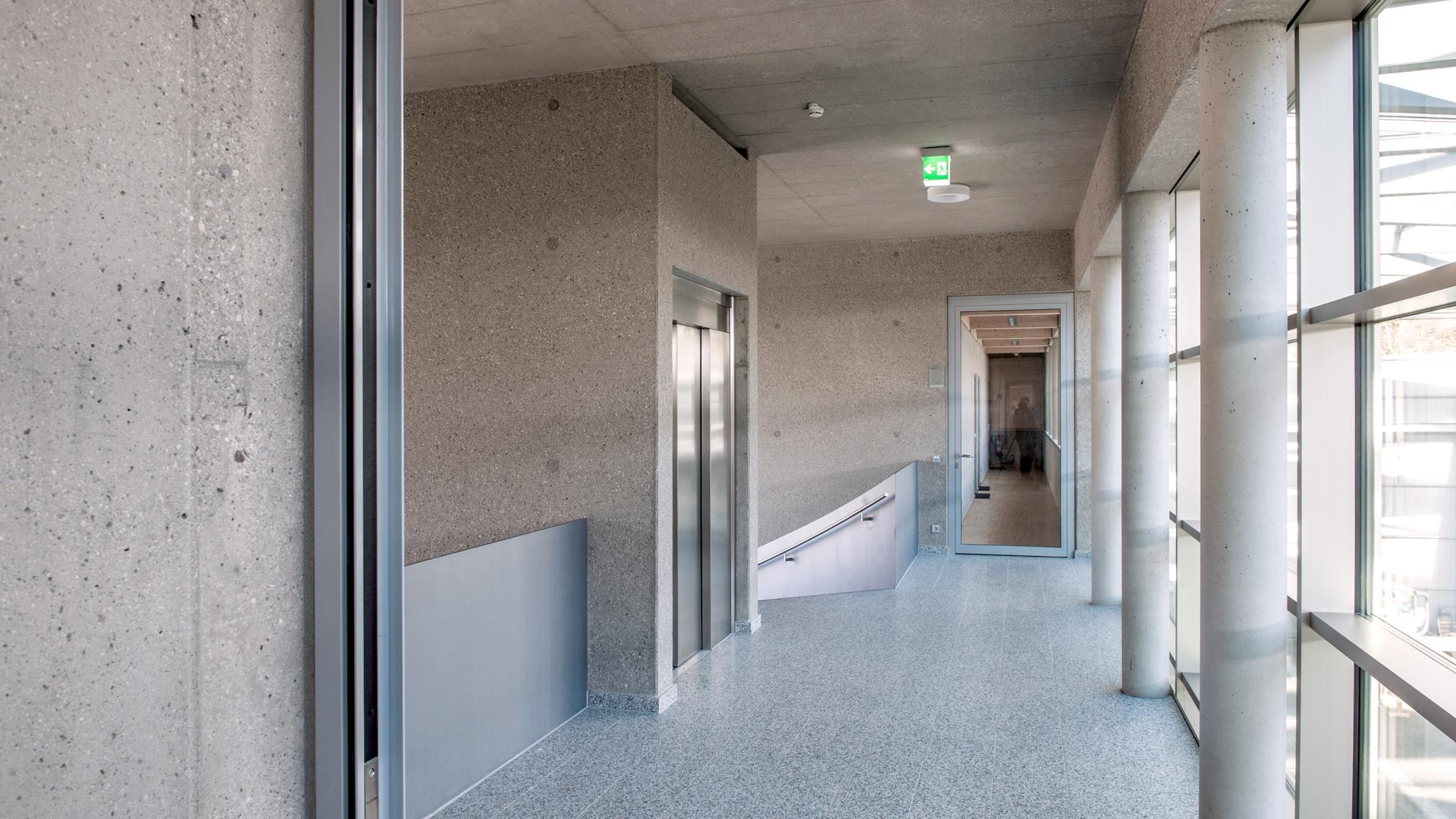
Lake Starnberg Shipyard, Germany. With an appealing mix of materials consisting of different fair-faced concretes and wood, the new Starnberg Shipyard forms an organic part of the southern German landscape surrounding it.
HeidelbergCement / Steffen Fuchs
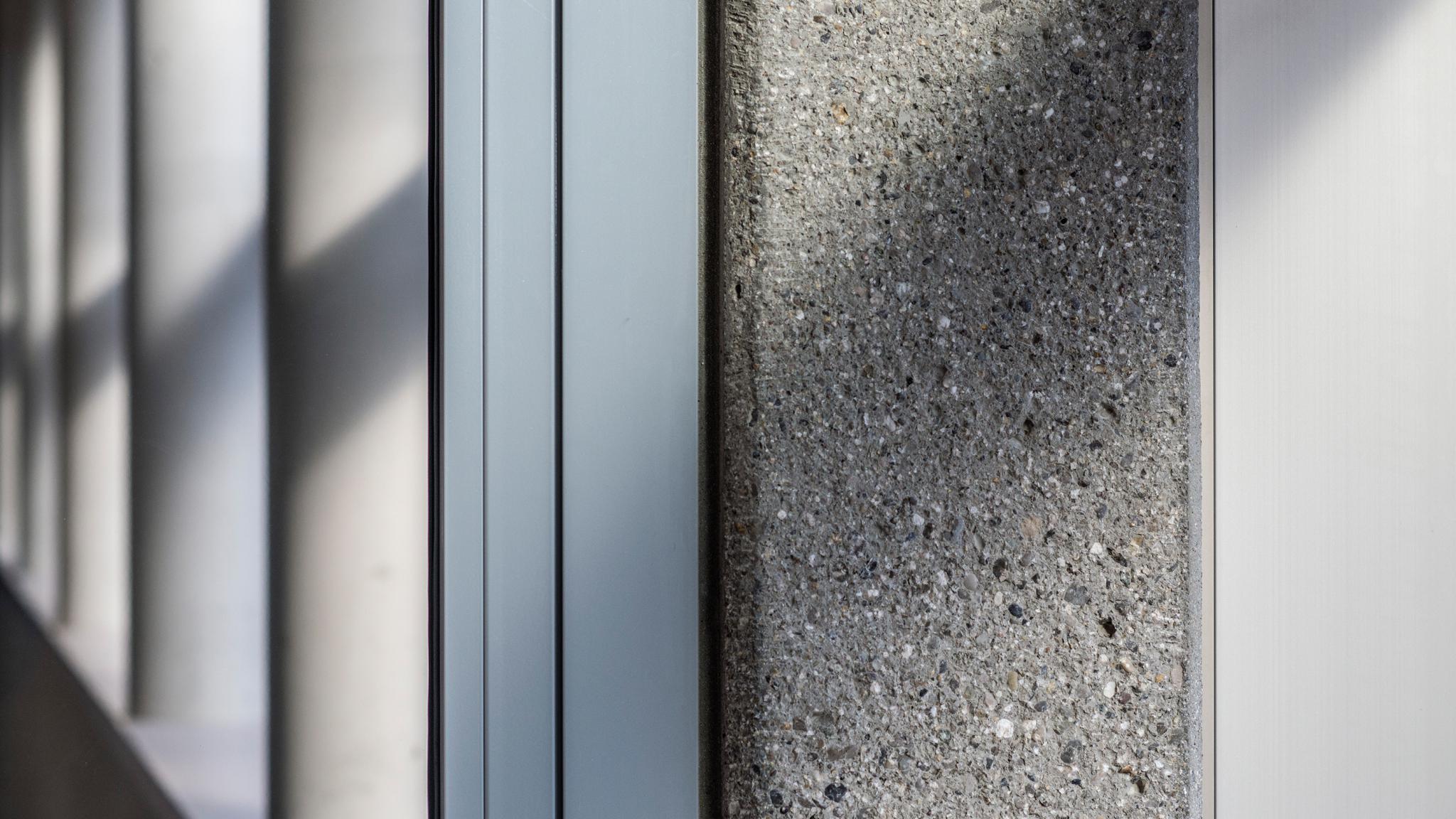
Lake Starnberg Shipyard, Germany. With an appealing mix of materials consisting of different fair-faced concretes and wood, the new Starnberg Shipyard forms an organic part of the southern German landscape surrounding it.
HeidelbergCement / Steffen Fuchs
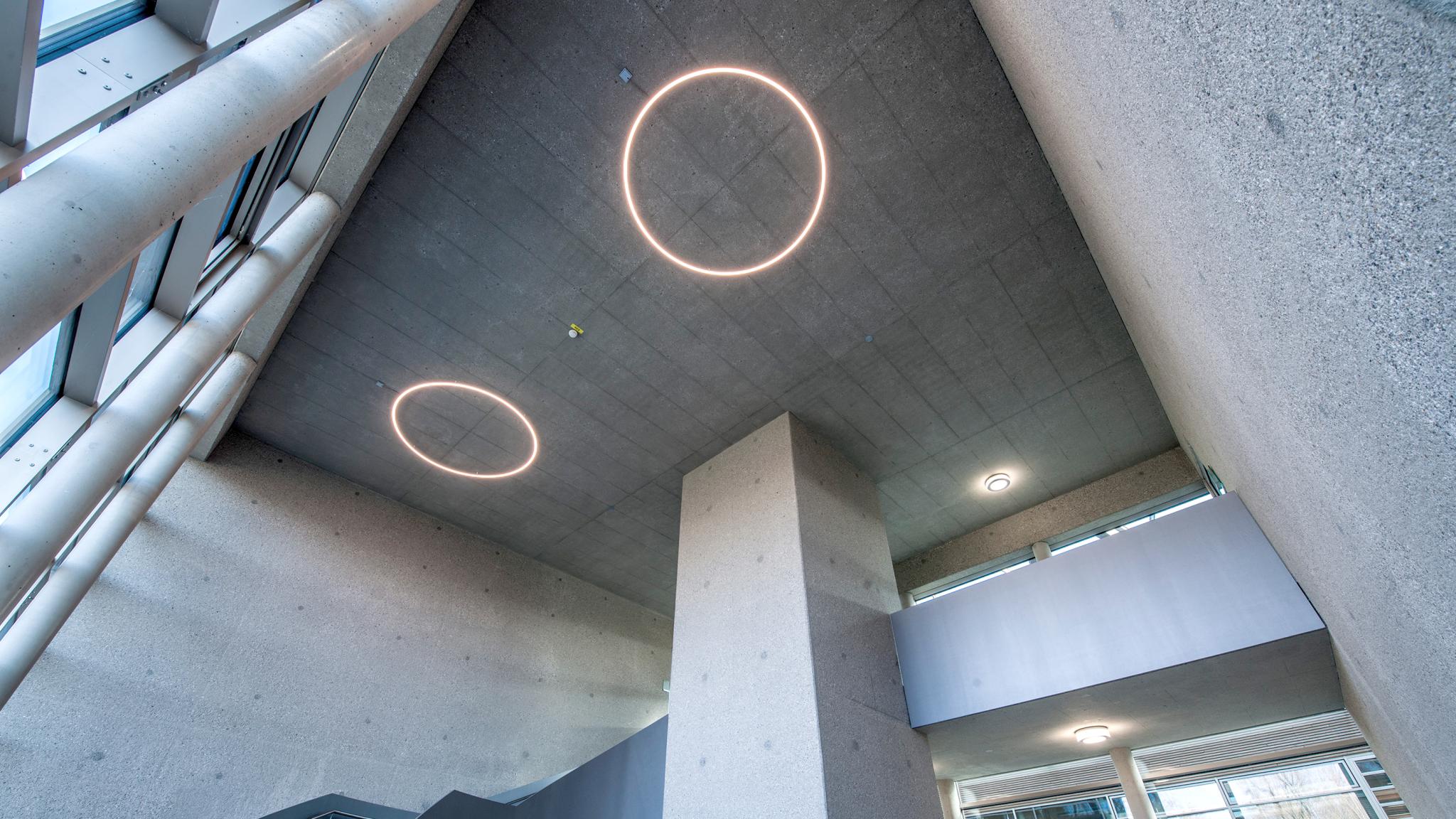
Lake Starnberg Shipyard, Germany. With an appealing mix of materials consisting of different fair-faced concretes and wood, the new Starnberg Shipyard forms an organic part of the southern German landscape surrounding it.
HeidelbergCement / Steffen Fuchs
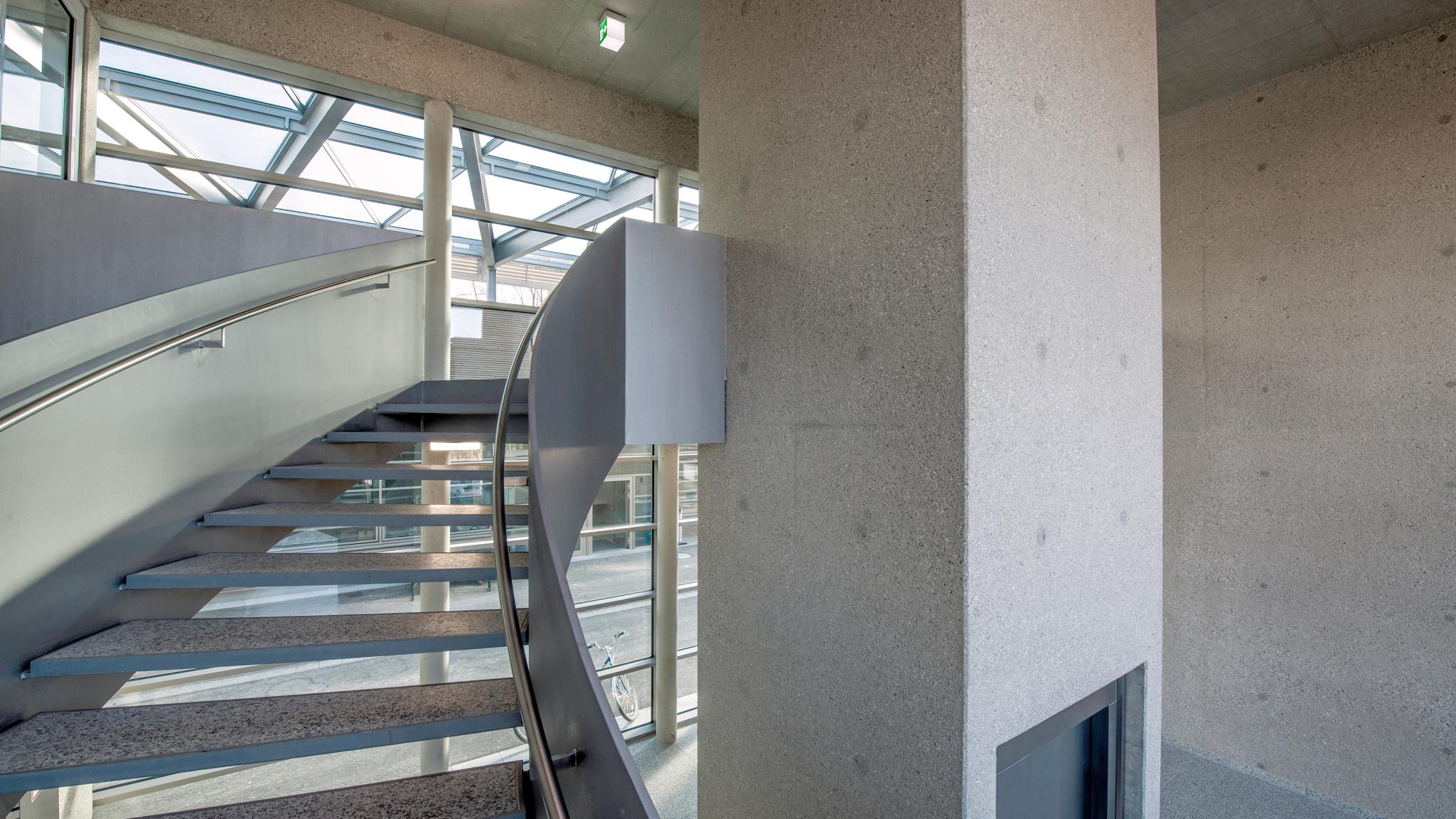
Lake Starnberg Shipyard, Germany. With an appealing mix of materials consisting of different fair-faced concretes and wood, the new Starnberg Shipyard forms an organic part of the southern German landscape surrounding it.
HeidelbergCement / Steffen Fuchs

Lake Starnberg Shipyard, Germany. With an appealing mix of materials consisting of different fair-faced concretes and wood, the new Starnberg Shipyard forms an organic part of the southern German landscape surrounding it.
HeidelbergCement / Steffen Fuchs
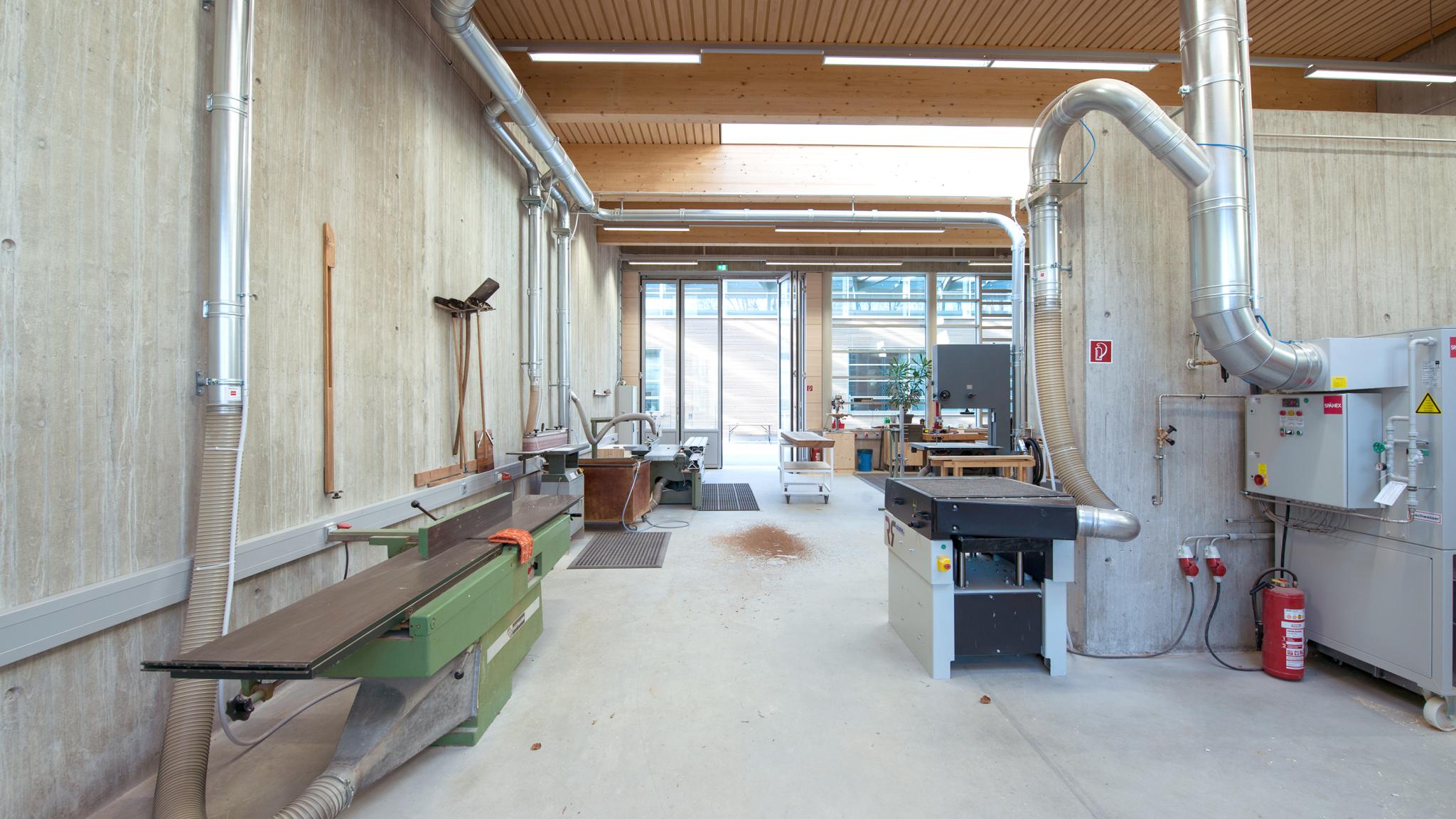
Lake Starnberg Shipyard, Germany. With an appealing mix of materials consisting of different fair-faced concretes and wood, the new Starnberg Shipyard forms an organic part of the southern German landscape surrounding it.
HeidelbergCement / Steffen Fuchs
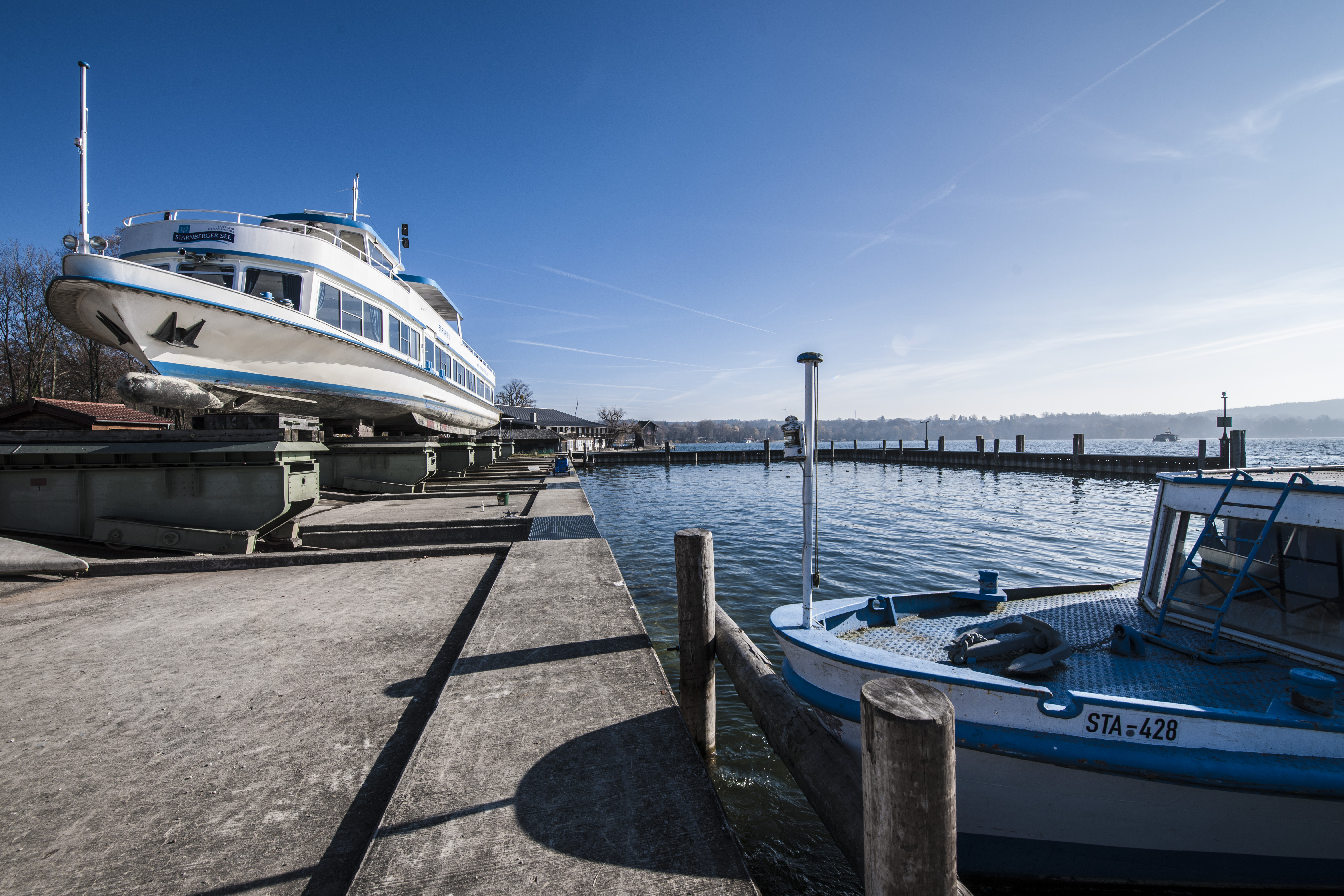
Lake Starnberg Shipyard, Germany. With an appealing mix of materials consisting of different fair-faced concretes and wood, the new Starnberg Shipyard forms an organic part of the southern German landscape surrounding it.
HeidelbergCement / Steffen Fuchs

Lake Starnberg Shipyard, Germany. With an appealing mix of materials consisting of different fair-faced concretes and wood, the new Starnberg Shipyard forms an organic part of the southern German landscape surrounding it.
HeidelbergCement / Steffen Fuchs

Lake Starnberg Shipyard, Germany. With an appealing mix of materials consisting of different fair-faced concretes and wood, the new Starnberg Shipyard forms an organic part of the southern German landscape surrounding it.
HeidelbergCement / Steffen Fuchs

Lake Starnberg Shipyard, Germany. With an appealing mix of materials consisting of different fair-faced concretes and wood, the new Starnberg Shipyard forms an organic part of the southern German landscape surrounding it.
HeidelbergCement / Steffen Fuchs

Lake Starnberg Shipyard, Germany. With an appealing mix of materials consisting of different fair-faced concretes and wood, the new Starnberg Shipyard forms an organic part of the southern German landscape surrounding it.
HeidelbergCement / Steffen Fuchs

Lake Starnberg Shipyard, Germany. With an appealing mix of materials consisting of different fair-faced concretes and wood, the new Starnberg Shipyard forms an organic part of the southern German landscape surrounding it.
HeidelbergCement / Steffen Fuchs

Lake Starnberg Shipyard, Germany. With an appealing mix of materials consisting of different fair-faced concretes and wood, the new Starnberg Shipyard forms an organic part of the southern German landscape surrounding it.
HeidelbergCement / Steffen Fuchs

Lake Starnberg Shipyard, Germany. With an appealing mix of materials consisting of different fair-faced concretes and wood, the new Starnberg Shipyard forms an organic part of the southern German landscape surrounding it.
HeidelbergCement / Steffen Fuchs

Lake Starnberg Shipyard, Germany. With an appealing mix of materials consisting of different fair-faced concretes and wood, the new Starnberg Shipyard forms an organic part of the southern German landscape surrounding it.
HeidelbergCement / Steffen Fuchs

Lake Starnberg Shipyard, Germany. With an appealing mix of materials consisting of different fair-faced concretes and wood, the new Starnberg Shipyard forms an organic part of the southern German landscape surrounding it.
HeidelbergCement / Steffen Fuchs

Lake Starnberg Shipyard, Germany. With an appealing mix of materials consisting of different fair-faced concretes and wood, the new Starnberg Shipyard forms an organic part of the southern German landscape surrounding it.
HeidelbergCement / Steffen Fuchs

Lake Starnberg Shipyard, Germany. With an appealing mix of materials consisting of different fair-faced concretes and wood, the new Starnberg Shipyard forms an organic part of the southern German landscape surrounding it.
HeidelbergCement / Steffen Fuchs

Lake Starnberg Shipyard, Germany. With an appealing mix of materials consisting of different fair-faced concretes and wood, the new Starnberg Shipyard forms an organic part of the southern German landscape surrounding it.
HeidelbergCement / Steffen Fuchs
